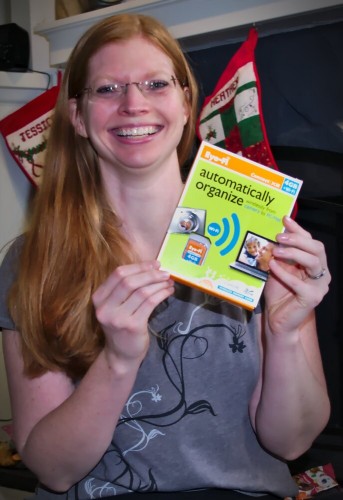I spent some time this weekend exploring self-hosted blogging software alternatives to Blogger. I set up a virtual machine and took a look at Ghost, Habari, Chyrp, and WordPress. I also looked in to, though didn’t install or play with, AnchorCMS, Couch CMS, Wolf CMS, Bolt, Monstra, and Pyro CMS.
I was interested in some of the lesser known “next-gen” platforms that seek to be lighter weight than WordPress. They also have some new approaches to how blogging software should function which I found intriguing.
I didn’t get very far with Ghost. Ghost is built on node.js; which I hadn’t used before and it took me an inordinate amount of time to get the thing running just to play with. And once I finally did get it running, I quickly discovered it does not have multi-user support yet (slated for summer 2014). Since a Blogger replacement would need to allow both Jess and I to write posts this was a deal breaker.
I tried Habari next and it was less painful to get installed. Unfortunately, it also is missing some needed functionality. And this part is about to become a very common theme: video uploading and playing. I was able to upload a video to Habari’s media “silo” (as they call it) quite easily, but I had to write the video player HTML myself. For just me that’s not a big deal, but that’s not going to work for Jess. I probably could try to write a plugin for Habari to do the video player code, but I don’t like writing PHP and don’t feel like it. So I kept looking.
Chyrp is similar to Habari in many ways. I like the simple, clean aesthetics (shared by Habari and Ghost). But again, video uploading and playing was not a working-out-of-the-box experience and there didn’t seem to be any plugins providing the functionality.
The thinking of all of these lightweight blogging platforms is that no one wants to host their own videos so rather than support video uploading and players they provide rich support for easily embedding YouTube videos (and other services). Which, okay, I understand the bandwidth issues; but it also somewhat defeats the purpose of self-hosting the blog if you’re still going to rely on a 3rd party.
For me the point of self-hosting is that it is entirely under my control on my systems doing what I say. And since I doubt any of our little videos of Heather will ever draw any meaningful crowd I’m not particularly concerned with the bandwidth usage.
Hopefully with a few more development cycles Ghost, Habari, and Chyrp will all reach a feature level that would enable me to use them if I wanted to.
The other ones I listed but didn’t install all looked like they’d end up in the same boat with lack of video uploading and playing readily available. Some had demo installations I played with that made it clear they were less focused on blogging than I was (CMSs, or Content Management Systems, can really cover a lot of territory).
So I finally broke down and installed WordPress. I had been avoiding WordPress mainly because WordPress has evolved much more into a general purpose CMS than I need. But it does support video uploading and embedding out-of-the-box and does a decent job of media management. However, it also comes with a bunch of stuff I don’t need and I will need to spend some time cleaning out the stuff I don’t want and configuring the stuff I do want.
With that decision made I’ll need to install WordPress to my actual server instead of my sandbox environment. Then I’ll need to do the configuration and customization. After that I should be able to import all of our existing blog posts and then switch over this blog to use that new system. But I don’t currently have a timeline for that.
















